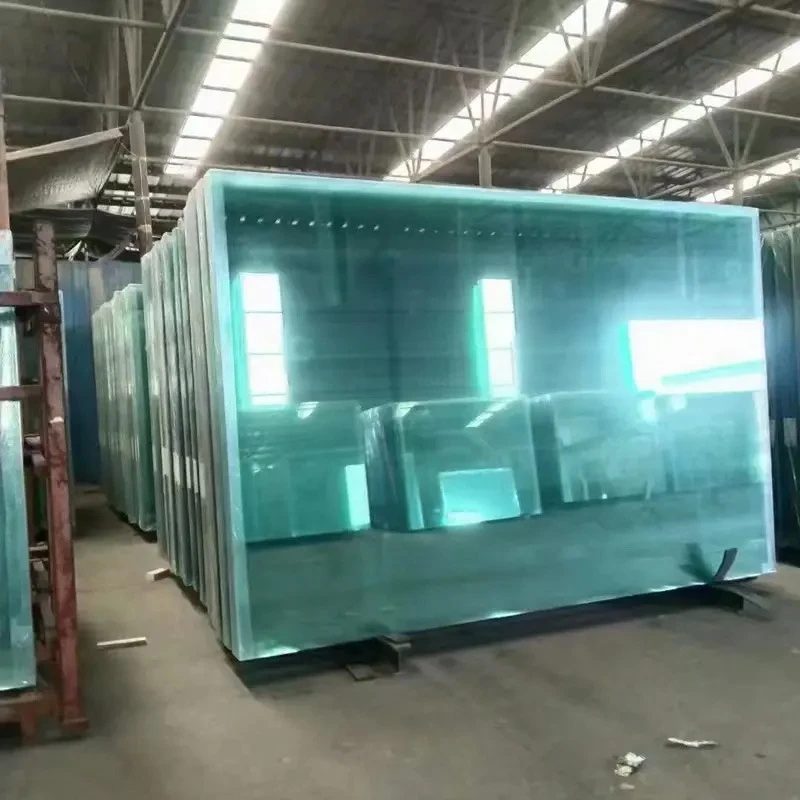The Advantages of Low-E Reflective Glass
Low-emissivity (Low-E) reflective glass has emerged as a game-changer in modern architecture and energy-efficient building design. This specialized type of glass includes a microscopically thin coating that reflects infrared energy while allowing visible light to pass through. The dual functionality of Low-E glass makes it an ideal choice for both residential and commercial buildings, offering a range of benefits that contribute to reduced energy consumption and enhanced comfort.
The Advantages of Low-E Reflective Glass
In addition to energy savings, Low-E glass plays a crucial role in protecting interior furnishings and décor. The high level of UV protection offered by Low-E coatings minimizes the fading and deterioration of carpets, upholstery, and artwork, thereby prolonging the lifespan of these materials. This aspect of Low-E glass is particularly beneficial for buildings with large windows or extensive natural light exposure, as it helps maintain the aesthetic appeal and integrity of interior spaces.
low e reflective glass
Moreover, Low-E reflective glass enhances the overall comfort of indoor environments. By reducing glare and controlling heat gain, Low-E glass ensures that occupants can enjoy bright, well-lit spaces without the discomfort associated with excessive sunlight. This is especially important in office buildings and commercial spaces where productivity and employee well-being are paramount.
Another advantage of Low-E glass is its versatility. It comes in various forms suitable for different applications, including double-glazed or triple-glazed units, allowing architects and builders to select the right type for their specific needs. The aesthetic options are also appealing, as Low-E glass can be manufactured in different tints and shades, ensuring that it complements various architectural styles.
In summary, Low-E reflective glass stands out as a vital component of energy-efficient building design. Its ability to minimize energy costs, protect interior furnishings, enhance comfort, and offer architectural versatility positions it as a preferred choice for modern construction. As the demand for sustainable building materials continues to grow, Low-E glass is likely to play an even more significant role in transforming the way we approach energy efficiency and indoor environmental quality. For both new constructions and retrofitting existing buildings, investing in Low-E reflective glass is a forward-thinking approach that aligns with today’s environmental goals and economic considerations.
 Afrikaans
Afrikaans  Albanian
Albanian  Amharic
Amharic  Arabic
Arabic  Armenian
Armenian  Azerbaijani
Azerbaijani  Basque
Basque  Belarusian
Belarusian  Bengali
Bengali  Bosnian
Bosnian  Bulgarian
Bulgarian  Catalan
Catalan  Cebuano
Cebuano  Corsican
Corsican  Croatian
Croatian  Czech
Czech  Danish
Danish  Dutch
Dutch  English
English  Esperanto
Esperanto  Estonian
Estonian  Finnish
Finnish  French
French  Frisian
Frisian  Galician
Galician  Georgian
Georgian  German
German  Greek
Greek  Gujarati
Gujarati  Haitian Creole
Haitian Creole  hausa
hausa  hawaiian
hawaiian  Hebrew
Hebrew  Hindi
Hindi  Miao
Miao  Hungarian
Hungarian  Icelandic
Icelandic  igbo
igbo  Indonesian
Indonesian  irish
irish  Italian
Italian  Japanese
Japanese  Javanese
Javanese  Kannada
Kannada  kazakh
kazakh  Khmer
Khmer  Rwandese
Rwandese  Korean
Korean  Kurdish
Kurdish  Kyrgyz
Kyrgyz  Lao
Lao  Latin
Latin  Latvian
Latvian  Lithuanian
Lithuanian  Luxembourgish
Luxembourgish  Macedonian
Macedonian  Malgashi
Malgashi  Malay
Malay  Malayalam
Malayalam  Maltese
Maltese  Maori
Maori  Marathi
Marathi  Mongolian
Mongolian  Myanmar
Myanmar  Nepali
Nepali  Norwegian
Norwegian  Norwegian
Norwegian  Occitan
Occitan  Pashto
Pashto  Persian
Persian  Polish
Polish  Portuguese
Portuguese  Punjabi
Punjabi  Romanian
Romanian  Russian
Russian  Samoan
Samoan  Scottish Gaelic
Scottish Gaelic  Serbian
Serbian  Sesotho
Sesotho  Shona
Shona  Sindhi
Sindhi  Sinhala
Sinhala  Slovak
Slovak  Slovenian
Slovenian  Somali
Somali  Spanish
Spanish  Sundanese
Sundanese  Swahili
Swahili  Swedish
Swedish  Tagalog
Tagalog  Tajik
Tajik  Tamil
Tamil  Tatar
Tatar  Telugu
Telugu  Thai
Thai  Turkish
Turkish  Turkmen
Turkmen  Ukrainian
Ukrainian  Urdu
Urdu  Uighur
Uighur  Uzbek
Uzbek  Vietnamese
Vietnamese  Welsh
Welsh  Bantu
Bantu  Yiddish
Yiddish  Yoruba
Yoruba  Zulu
Zulu 

